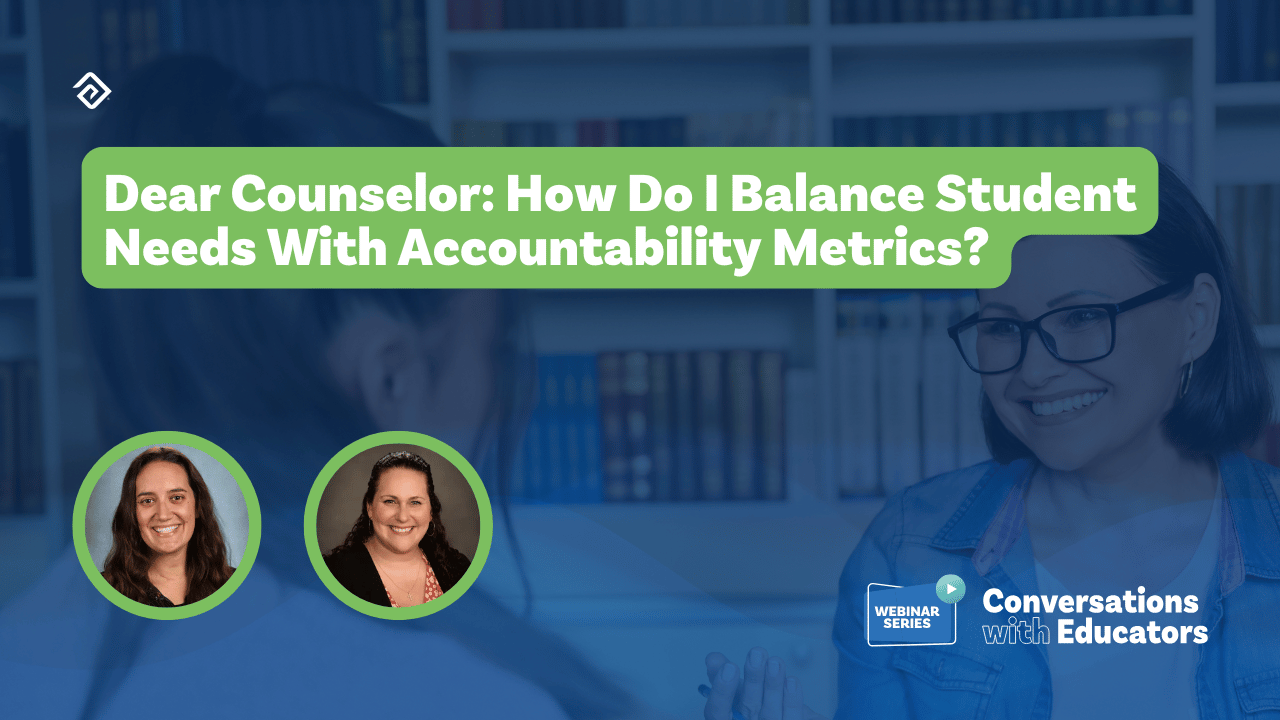Unlocking Success: Top Formative Assessment Examples for Teachers
Formative assessment is a deliberately planned, ongoing practice that teachers use during classroom instruction to quickly gauge student understanding of learning goals. It also helps students develop into self-directed learners.
Examples include asking students to contribute a phrase or two summarizing key points from a lecture or submitting a project for early feedback. It can even be as simple as having students hold up one to five fingers to indicate their understanding of a concept, with five representing full comprehension.
The modern education system rests on two core pillars: knowledge acquisition and knowledge evaluation. While there are measures to ensure the smooth acquisition of knowledge, the conventional assessment system urgently needs innovation.
What Are Formative Assessments and Why Do They Matter?
Formative assessment involves a variety of strategies to monitor and evaluate student understanding, identify needs, and track progress throughout an assignment, unit, or course. These assessments help teachers pinpoint concepts that students find challenging and identify specific areas where individual students are struggling. Armed with this information, teachers can adjust their lessons, instructional methods, and support systems accordingly.
Formative assessments recognize that each student learns at their own pace. Research spanning over 40 years shows that improving formative assessment in schools has a significant impact on student learning.
Formative Assessment vs. Summative Assessment
Simply put, formative assessments focus on learning, while summative assessments evaluate learning. Many educators and specialists believe that formative assessment is essential for effective education. Unlike summative assessments, which stand alone, formative assessments are integrated into the teaching and learning process.
For instance, a simple formative assessment technique could involve a teacher asking students to raise their hands if they think they’ve grasped a newly introduced concept. These assessments often help students gain a clearer understanding of their academic strengths and areas for improvement. When students recognize what they’re good at and where they need more effort, they can take meaningful steps to enhance their learning and achieve academic progress.
In contrast, summative assessments are used to analyze student learning at the end of a specific instructional period, such as a project, unit, course, semester, program, or school year.

7 Examples of Formative Assessments in Schools
1. Targeted Questioning for Concept Clarity
Teachers can ask targeted questions to individuals or groups during a lesson to identify which concepts or skills are causing difficulties. Purposeful questioning is crucial, and framing questions in specific ways can lead to more accurate responses.
2. Constructive Feedback on Student Work
Formative assessment can also involve providing specific, documented, and constructive feedback on student work, such as:
- Journal entries
- Essays
- Worksheets
- Research papers
- Projects
- Ungraded quizzes
- Lab results
- Creative works
This feedback can be used to refine or improve the work.
3. Peer Feedback and Collaborative Learning
Peer feedback is another effective technique where students teach each other the material. This cross-learning benefits both parties: the learner gains a better understanding through peer assistance, while the student "teacher" deepens their knowledge. Additionally, peer feedback fosters a more collaborative learning environment.
4. Exit and Admit Slips for Immediate Insights
“Exit slips” or “exit tickets” are quick and effective formative assessments that collect student responses to a teacher’s questions at the end of a lesson. These responses allow the teacher to adjust the next lesson to address any issues. Similarly, “admit slips” at the beginning of a class help gauge what students have retained from previous lessons.
5. Student Self-Assessment and Reflection
Another example of formative assessment is self-assessment, where students reflect on their learning process, identify strengths and weaknesses, and articulate their understanding and needs to meet learning standards.
6. Clearing Misconceptions and Addressing Doubts
Misconception and doubt-clearance assessments help teachers identify if students have misunderstood any concepts. Teachers can ask students to explain the "muddiest point" in the lesson or highlight where they felt confused. Alternatively, teachers can present common misunderstandings and have students explain why they’re incorrect.
7. Student-Driven Progress Through Self-Assessment
Student self-assessment is also valuable for identifying areas where students feel they need improvement. By reflecting on their progress, students can suggest areas for future focus and growth.
You can find more examples of formative assessment here and here.
Helpful Hints for Conducting Formative Assessments Effectively
Test Out the Activity
Before giving the exercise to students, make sure to test it yourself. For the best results, have someone who isn’t a teacher review it. If they understand everything, your material is likely solid. If you find it difficult to explain your ideas clearly, take a break for a few days and then revisit the activity with fresh eyes; you’ll be better able to spot any errors.
Don’t Be Afraid To Work in Groups
Some teachers worry about assessing group work, but it’s an effective way to develop 21st-century skills like reading comprehension and recall. You can act as a moderator, observe group dynamics, and use simple grading criteria to assess participation and progress.
Don't Avoid Technology
Technology and multimedia are essential in today’s education. Don’t hesitate to use audio-visual aids or online videos to explain topics more thoroughly. Embracing these tools can enhance the learning experience.
Avoid Burdening Students
Be mindful not to overwhelm students with constant testing. A continuous evaluation system can be stressful for some learners. A more relaxed teaching approach, including pop quizzes and a positive classroom environment, can be more effective. Encouraging students to create mind maps in class can also help them better understand and retain information.
Provide Clear Instructions
Make sure your instructions are crystal clear. Students should know exactly what’s expected and how they’ll be assessed. Use examples and be specific about the criteria to cut down on confusion and help students hit the ground running.
Be Flexible and Adaptable
Be prepared to adjust your formative assessment strategies based on student feedback and performance. If you notice that students are struggling with certain aspects, modify the assessment or instructional approach to better meet their needs. Being adaptable helps you meet students where they are and keeps your teaching fresh and responsive.

Discover the Key Benefits of Formative Assessments
Formative assessments are game-changers in the classroom, offering a host of benefits that can elevate both teaching and learning. This includes:
- Improved student performance: Regular feedback helps students understand and address their weaknesses, boosting overall achievement.
- Informed teaching strategies: Real-time insights allow teachers to tweak their methods and materials to better fit student needs.
- Enhanced student engagement: Interactive assessments keep students involved and motivated in their learning journey.
- Early identification of learning gaps: Detecting issues early allows for timely intervention and support.
- Personalized learning: Tailored feedback meets each student where they are, catering to their unique needs and styles.
- Stronger student-teacher relationships: Ongoing feedback builds trust and creates a supportive classroom atmosphere.
In a Nutshell
Formative assessment is a valuable tool for evaluating a student's understanding and cognitive abilities. It allows teachers to adjust lessons and enhance instruction based on student feedback. This approach provides a practical alternative to traditional summative assessments and collaborative methods.
Education Advanced can support your school by streamlining the formative assessment process with cutting-edge solutions. Our assessment coordination software, TestHound, helps manage and track assessments efficiently, so you can reduce administrative burdens and allow educators to focus on teaching. Seamlessly integrate formative assessments into your routine and ensure timely feedback and personalized learning for every student.
Ready to transform your approach to formative assessments? Schedule a demo to get started!
Original Publish Date March 18, 2022 | Updated September 6, 2024

More Great Content
We know you'll love



